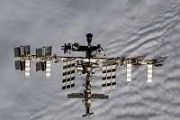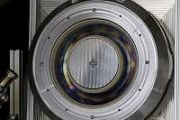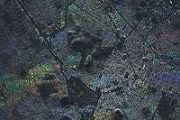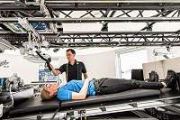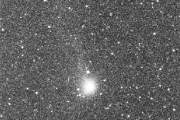
Copernical Team
Space: The final frontier or the next stage for global colonialism and exclusion?
This request seems a bit unusual, so we need to confirm that you're human. Please press and hold the button until it turns completely green. Thank you for your cooperation!
Press and hold the button
If you believe this is an error, please contact our support team.
185.132.36.159 : 6349a80b-7a06-4287-884c-6cfedfce
The nuclear option: Europe's plan for faster space travel
This request seems a bit unusual, so we need to confirm that you're human. Please press and hold the button until it turns completely green. Thank you for your cooperation!
Press and hold the button
If you believe this is an error, please contact our support team.
185.132.36.159 : b7100d9d-ffae-417c-9f43-8c0027cb
Five benefits Africa's new space agency can deliver
This request seems a bit unusual, so we need to confirm that you're human. Please press and hold the button until it turns completely green. Thank you for your cooperation!
Press and hold the button
If you believe this is an error, please contact our support team.
185.132.36.159 : 534c4d0a-e6a1-446a-a02f-29fcf71b
Amid Musk threat to decommission SpaceX Dragon, NASA reveals more Boeing Starliner delays
This request seems a bit unusual, so we need to confirm that you're human. Please press and hold the button until it turns completely green. Thank you for your cooperation!
Press and hold the button
If you believe this is an error, please contact our support team.
185.132.36.159 : 14e64504-36b5-4ad5-8966-9842ea47
A ten-fold increase in rocket launches would start harming the ozone layer, new research finds
This request seems a bit unusual, so we need to confirm that you're human. Please press and hold the button until it turns completely green. Thank you for your cooperation!
Press and hold the button
If you believe this is an error, please contact our support team.
185.132.36.159 : 26550212-8822-4a93-8e50-54c82df8
Axiom private mission to ISS delayed because of weather
 SpaceX, NASA and Axiom Space postponed Tuesday's scheduled launch of the fourth private astronaut mission to the International Space Station because of unfavorable weather conditions in the Dragon spacecraft's flight path.
The Axiom Mission 4 launch had been scheduled for 8:22 a.m. Tuesday from the Kennedy Space Center's pad 39A, NASA said in a news release Monday.
They now are t
SpaceX, NASA and Axiom Space postponed Tuesday's scheduled launch of the fourth private astronaut mission to the International Space Station because of unfavorable weather conditions in the Dragon spacecraft's flight path.
The Axiom Mission 4 launch had been scheduled for 8:22 a.m. Tuesday from the Kennedy Space Center's pad 39A, NASA said in a news release Monday.
They now are t Starlink satellites fall to Earth faster during increased solar activity, study finds
This request seems a bit unusual, so we need to confirm that you're human. Please press and hold the button until it turns completely green. Thank you for your cooperation!
Press and hold the button
If you believe this is an error, please contact our support team.
185.132.36.159 : a93d2a31-0019-4bef-ac60-b324e6c3
Core components for NASA's Roman Space Telescope pass major shake test
This request seems a bit unusual, so we need to confirm that you're human. Please press and hold the button until it turns completely green. Thank you for your cooperation!
Press and hold the button
If you believe this is an error, please contact our support team.
185.132.36.159 : e9e20681-0bfe-48f8-aac1-0115f031
NASA provides hardware for space station DNA repair experiment
This request seems a bit unusual, so we need to confirm that you're human. Please press and hold the button until it turns completely green. Thank you for your cooperation!
Press and hold the button
If you believe this is an error, please contact our support team.
185.132.36.159 : 0cf63ba7-9671-4b5b-b167-59767d7a










